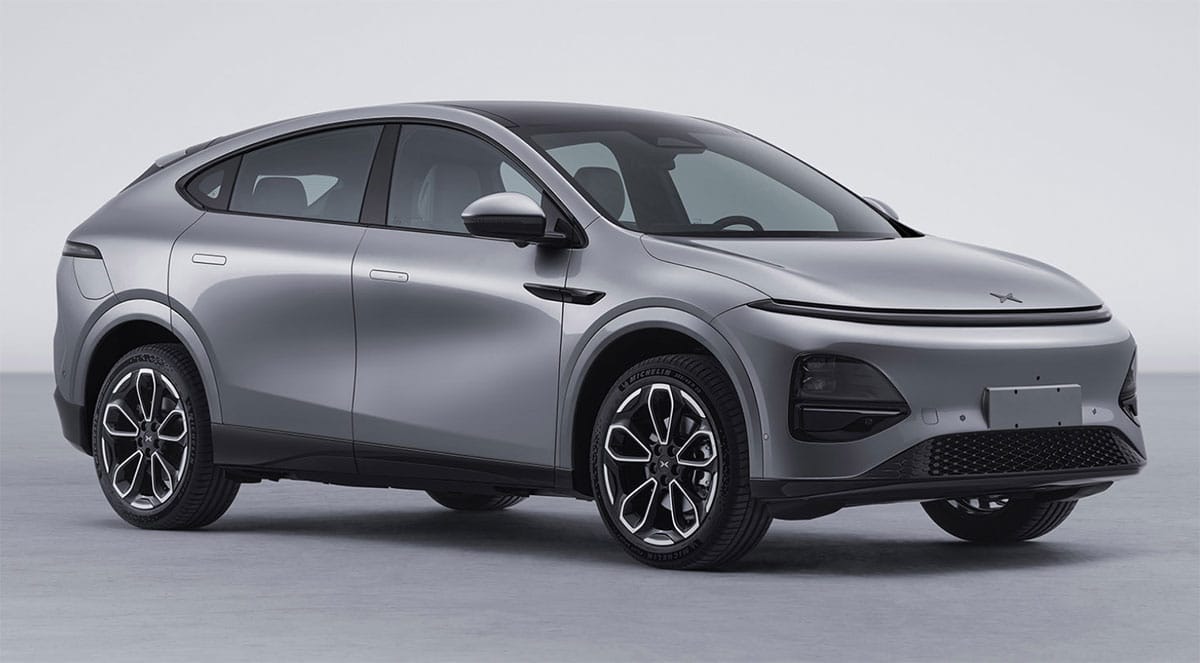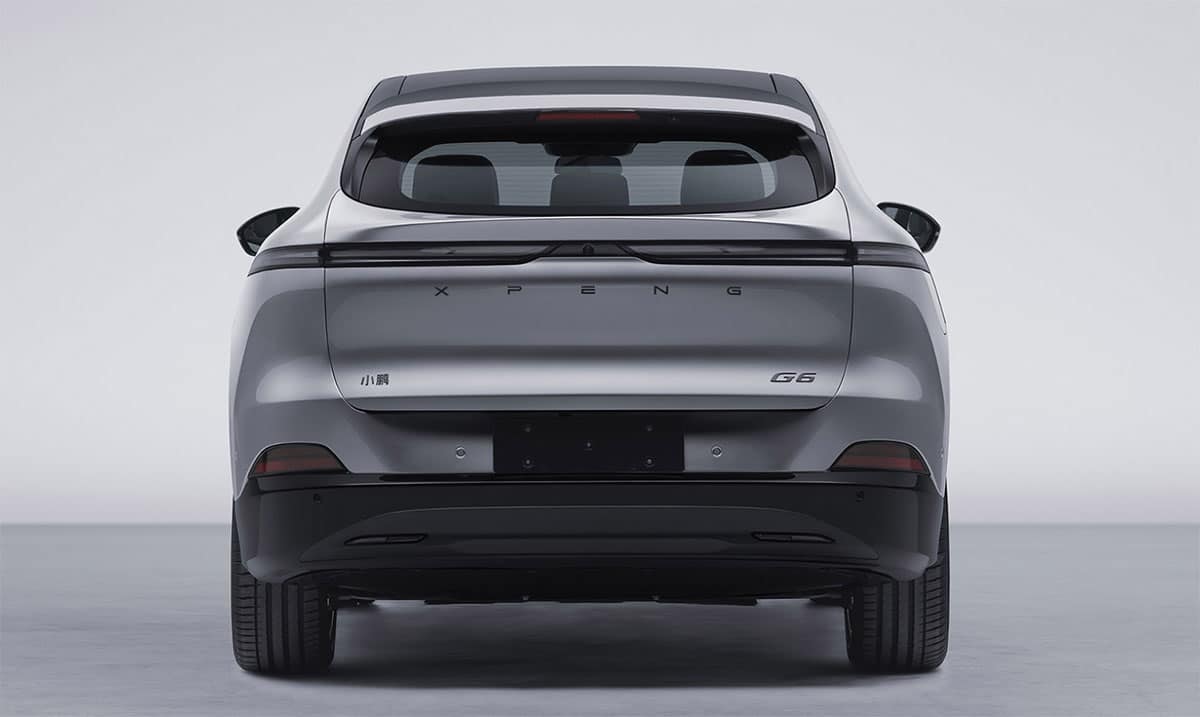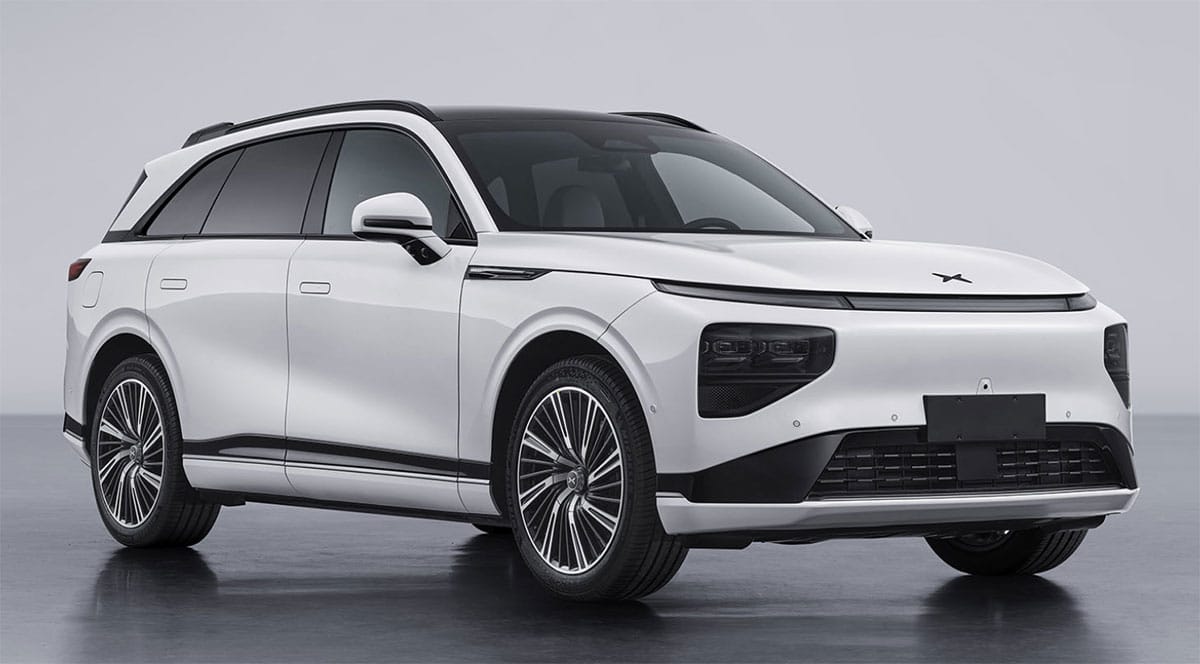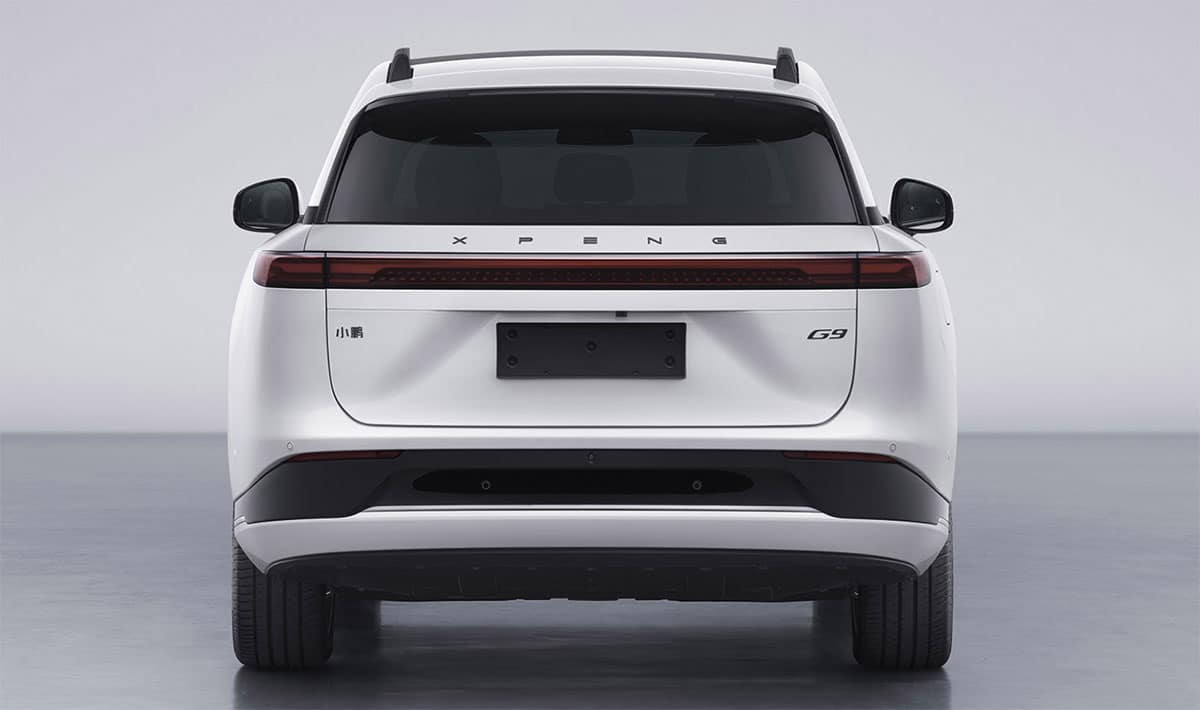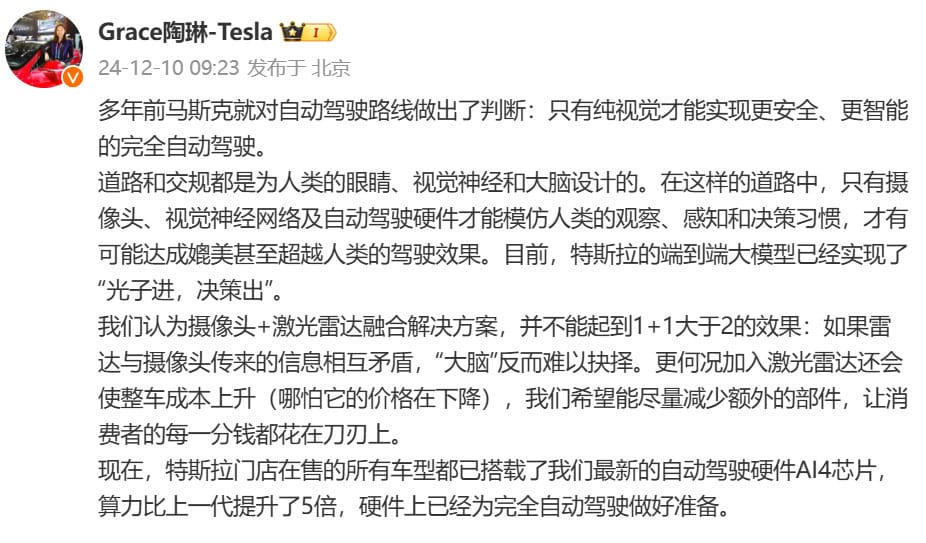Xpeng made regulatory filings for the facelifted G6 and G9, with spec info hinting at the removal of the LiDAR option from both SUVs, as the company shifts to a pure vision smart driving solution.
Xpeng (NYSE: XPEV) has made regulatory filings for the facelifted G6 and G9, with specs hinting at the removal of the LiDAR option for both SUVs (sport utility vehicle) as the company shifts to a pure vision smart driving solution.
China's Ministry of Industry and Information Technology (MIIT) released its latest catalog of models that will be allowed to be sold for public comment yesterday, and the new G6 and G9 are included.
The public can submit their feedback between December 10-16. Entry into the catalog is the last major regulatory process by which a model can be allowed to be sold in China.
The G6 has three pages in the catalog, with model numbers NHQ6481BEVFA, NHQ6481BEVFB, and NHQ6480BEVFB, all produced at a plant in Guangzhou, where Xpeng is headquartered.
The G6 variants are all single-motor models, with peak motor power of 218 kW. Their batteries include lithium iron phosphate (LFP) cells and lithium ternary batteries from CALB.
The G6 currently on sale is offered with single and dual motor options, and the batteries include LFP and Li-ion ternary options.
The length of the updated G6 is 4,758 mm, longer than the 4,753 mm of the SUV currently on sale. Its other dimensions remain unchanged, with a width of 1,920 mm, a height of 1,650 mm and a wheelbase of 2,890 mm.
The G9 also has three pages in the catalog, with product model numbers NHQ6491BEVGA, NHQ6491BEVGB, and NHQ6491BEVGC, all produced at a factory in Guangzhou.
The updated G9 is available in single and dual-motor options, with the single-motor version having a 258 kW peak motor and the dual-motor version having an additional front motor with a peak power of 165 kW.
The SUV's batteries are LFP batteries only, and the supplier is CALB. It has the same dimensions as the G9 currently on sale, with base length, width and height of 4,891 mm, 1,937 mm and 1,680 mm, respectively, and a wheelbase of 2,998 mm.
What's most notable about the updated G6 and G9 is that neither of their filings mention the LiDAR option. Both models currently carry LiDARs in the pricier Max variants, which are placed near the head lights.
This means that Xpeng will be dropping the use of LiDARs on more models after the P7+.
On July 9, CnEVPost learned exclusively that the Chinese electric vehicle (EV) maker would not use any LiDARs on its new model internally codenamed F57 -- known later as the P7+ -- and would switch to a pure vision solution similar to the one used by Tesla (NASDAQ: TSLA).
The P7+ was officially launched on November 7, confirming that it does not use any LiDAR.
Xpeng calls the P7+'s smart driving solution Eagle Eye Vision, powered by two Nvidia Orin X chips, with XNGP (Xpeng navigation guided pilot) assisted driving functionality available at the time of vehicle delivery.
In its third-quarter 2024 earnings call on November 19, Xpeng management said the company's new Max variants and facelifted models would use the AI Eagle Eye smart driving solution, which does not rely on high-definition maps or LiDAR.
Xpeng is one of the few car companies in China to start adopting a pure vision smart driving solution, with most of its local counterparts using a fusion of vision and LiDAR sensors.
Tesla, the foremost proponent of pure vision smart driving solutions, has expressed its dislike for LiDAR many times over the past few years.
Years ago, Tesla CEO Elon Musk made a judgment call on the autonomous driving route: only pure vision will enable safer and smarter fully autonomous driving, Grace Tao, the US EV maker's vice president of external affairs, wrote on Weibo today.
Roads and traffic regulations are designed for human eyes, optic nerves and brains. In such roads, only cameras, visual neural networks and autonomous driving hardware can mimic human observation, perception and decision-making habits to achieve driving results that match or even surpass those of humans, she said.
Tesla believes that the fusion solution of cameras plus LiDAR doesn't have the effect of making 1+1 greater than 2, according to Tao.
If the information coming from the radar and the camera contradict each other, the vehicle's brain will have a hard time making a choice, Tao said, adding that not to mention the fact that adding LiDAR will also make the vehicle cost higher.

